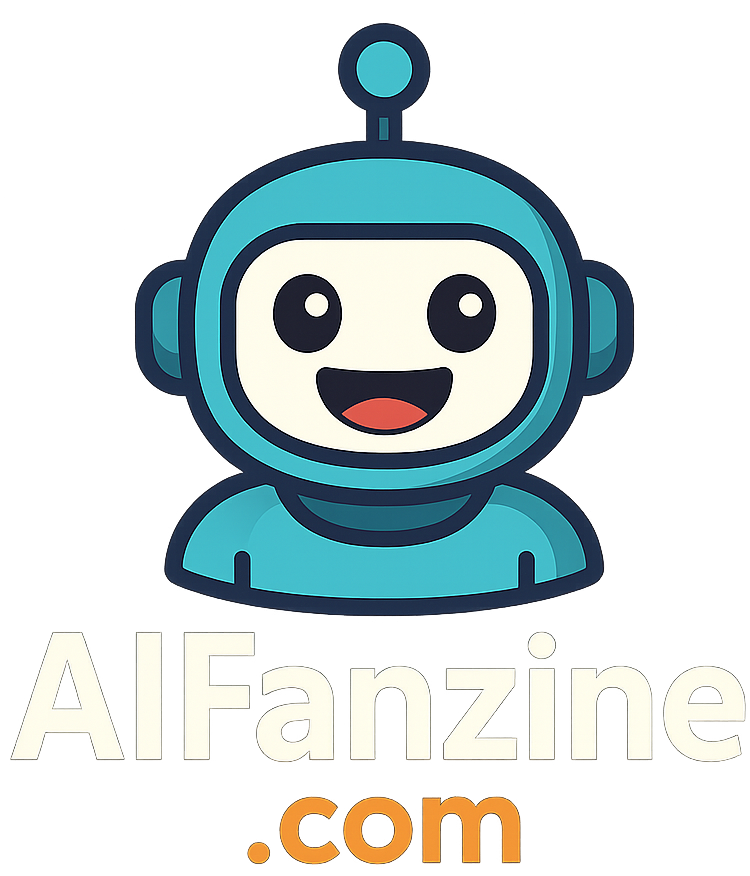All-in-one AI workspaces have become one of the most talked-about tools in the modern digital landscape. They combine different features like document editing, project management, communication, automation, and analytics into a single platform enhanced with artificial intelligence. The promise is straightforward: simplify workflows, remove tool fatigue, and give individuals and teams a centralized place to create, share, and manage tasks.
I have used different platforms over the past few years, and I’ve noticed that their strengths and weaknesses can impact how productive I feel on a daily basis. They are designed to create efficiency, but they also raise questions about flexibility, cost, and long-term usability. Looking at both sides is necessary to decide whether these tools are worth the investment.
Why All-in-One AI Workspaces Are Gaining Popularity
The appeal of an integrated workspace lies in its ability to replace multiple standalone apps. Instead of juggling a dozen tools for writing, messaging, video calls, and analytics, one hub provides it all. This consolidation has made them attractive to startups, small businesses, and even large corporations looking to streamline operations.
In my own work, I’ve often found that switching between apps can break focus. Having everything in one place makes it easier to keep track of priorities and stay in the flow. The AI-driven features make the experience even more appealing. Automatic summarization, content suggestions, smart reminders, and predictive task scheduling reduce the mental load that usually comes with managing projects.
Another reason behind their popularity is the flexibility of remote and hybrid work. Teams spread across different time zones can collaborate in real-time within one platform. AI tools step in to provide translations, meeting notes, and intelligent search features that save countless hours. It feels less like manually managing tasks and more like working alongside an assistant that knows what you need before you do.
The Pros of All-in-One AI Workspaces
Increased Productivity
One of the biggest advantages is how these tools directly impact productivity. AI reduces repetitive work by automating scheduling, drafting, and task assignments. Instead of spending time figuring out what to do next, the workspace generates suggestions and prioritizes tasks based on deadlines or past behavior. I’ve personally noticed that these recommendations help me stay aligned with long-term goals without needing constant reminders.
Seamless Collaboration
Collaboration becomes much smoother when every tool is inside the same ecosystem. Real-time editing, integrated communication channels, and automatic file organization mean that no one has to hunt down resources across different platforms. When AI assists in highlighting important updates or flagging tasks that are falling behind, the whole team benefits. This reduces the friction that often slows down group projects.
Centralized Data Management
All-in-one platforms eliminate the problem of scattered information. Documents, meeting notes, and analytics are all stored in one place. AI-powered search allows you to retrieve exactly what you’re looking for within seconds. I’ve had situations where I couldn’t remember which platform I left a piece of information in, and having it all under one system solves that. Centralization also means better control over data security and user permissions.
Cost Efficiency
At first glance, subscribing to one comprehensive platform may seem expensive, but it often reduces the need for multiple separate subscriptions. Many small businesses find that a single workspace lowers costs while delivering broader functionality. The AI-driven features amplify the value, since tasks that would otherwise require extra labor or add-on software are handled automatically.
Personalization Through AI
These platforms learn from user behavior over time, which makes them increasingly personalized. AI can adapt to preferred writing styles, meeting habits, or communication preferences. I’ve seen this personalization evolve into a surprisingly accurate reflection of how I like to work. The workspace begins to anticipate what I need before I explicitly ask for it, which makes it feel like a digital partner rather than just software.
The Cons of All-in-One AI Workspaces
Limited Flexibility
The very feature that makes all-in-one platforms attractive, their consolidation, can also be a drawback. By trying to cover everything, some platforms don’t excel at specific tasks. For example, their built-in project management might not be as advanced as standalone apps, or their messaging tools might feel limited compared to dedicated platforms. In my experience, this lack of depth in specialized features can be frustrating.
Over-Reliance on AI
Another concern is becoming too dependent on AI suggestions. While predictive features save time, they can sometimes push users into habits or decisions they wouldn’t naturally make. I’ve noticed that if I follow recommendations blindly, I risk losing a sense of creativity and critical thinking in my work. The danger lies in letting automation dictate the flow instead of guiding it.
Learning Curve and Complexity
Ironically, while these platforms promise simplicity, they can feel overwhelming at first. With so many integrated tools, new users often face a steep learning curve. Training a team to fully utilize the AI features can take time. I’ve seen colleagues struggle with navigating menus and settings, which can temporarily slow down productivity rather than improve it.
Cost Concerns for Larger Teams
Even though all-in-one workspaces may cut costs for individuals or small teams, the price can scale significantly with larger organizations. Extra storage, advanced AI features, and enterprise-level security usually come at a premium. For companies with hundreds of employees, the cost savings compared to using multiple apps might not be as impressive as initially expected.
Data Privacy Risks
Consolidating everything into a single platform means placing a lot of trust in one provider. If a security breach occurs, it could expose sensitive documents, communications, and analytics all at once. AI-driven platforms also gather user data to improve personalization, which raises concerns about how that information is stored and used. Personally, I sometimes hesitate about uploading confidential material, knowing that centralization comes with heightened risk.
Striking the Balance Between Pros and Cons
While the benefits are undeniable, it’s not always easy to weigh them against the drawbacks. For individuals like me who value efficiency and dislike app overload, the appeal of all-in-one AI workspaces is strong. But I also recognize that they are not perfect solutions. The key is to evaluate personal or organizational needs and see where the trade-offs land.
Some teams may thrive with the simplicity and AI-driven productivity of one platform. Others may prefer combining specialized tools to ensure depth in specific areas. I’ve found that blending approaches sometimes works best, using a workspace for broad collaboration while keeping a few external apps for niche functions.
Looking Toward the Future of AI Workspaces
As 2025 unfolds, I expect these platforms to keep evolving. AI will likely become more context-aware, offering even more accurate suggestions based on tone, intent, and long-term objectives. Integration with emerging technologies like voice assistants and augmented reality could make collaboration more immersive. At the same time, I believe privacy and transparency will become critical topics, pushing providers to adopt stronger safeguards and clearer data policies.
I see a future where all-in-one workspaces function almost like digital colleagues. They won’t just manage tasks but also help generate ideas, guide decisions, and even mediate between team members. This vision is exciting, but it also underscores the need for humans to remain in control, ensuring AI remains a tool rather than a decision-maker.
Final Thoughts
Reflecting on my experiences, I view all-in-one AI workspaces as powerful allies in navigating the complexity of modern work. They remove much of the friction that comes with managing multiple tools, while AI adds an extra layer of intelligence to daily tasks. However, they are not without limitations, and it’s important to remain aware of their shortcomings.
For me, the pros outweigh the cons when used thoughtfully. I find that these platforms shine brightest when treated as assistants rather than replacements. They’re tools that can amplify creativity and efficiency, but only if I remain actively engaged in shaping how they’re used.
In the end, whether these workspaces are right for you depends on your priorities. If efficiency, collaboration, and personalization matter most, they’re likely to be a strong fit. If flexibility, depth, or data control are bigger concerns, then a more modular approach might be better. What matters most is striking a balance that keeps both productivity and creativity alive in the age of AI-driven work.

